The tomb of the unknown pharaoh, a colossal 3,600-year-old structure, surfaced near Abydos in a remarkable archaeological breakthrough. Egyptian and American researchers unveiled this discovery on March 27th, 2025. The University of Pennsylvania Museum (Penn Museum) partnered with the Egyptian Ministry of Tourism and Antiquities for this effort. This find ranks as Egypt’s second royal tomb discovery of 2025. Earlier, experts located Thutmose II’s tomb near Luxor in February. Positioned 23 feet underground at the Anubis Mountain necropolis, this enigmatic burial site illuminates the obscure Abydos Dynasty. It also mirrors the turmoil of the Second Intermediate Period (1640–1540 BCE).
A Grand Structure from a Forgotten Dynasty
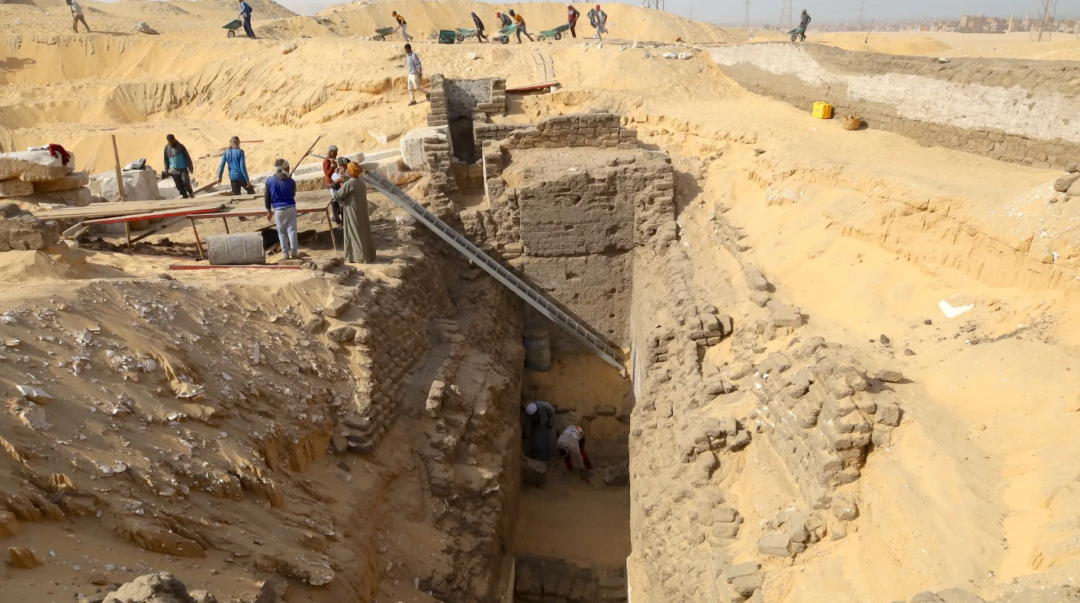
Archaeologists pinpointed the tomb in January 2025 at Abydos, one of Egypt’s most ancient cities. This location lies 300 miles south of Cairo and 6 miles from the Nile River. Abydos carried profound religious weight as the legendary burial ground of Osiris, god of the underworld. Early pharaohs favored it as a royal necropolis. The newly revealed tomb features limestone walls and mudbrick vaults soaring 16 feet high. Its multiple rooms and decorated entryway set it apart from other Abydos Dynasty tombs. Its sheer size outstrips all known burials from this period.
Dr. Josef Wegner spearheads the excavation team. He holds a professorship in Egyptian archaeology at the University of Pennsylvania and curates the Penn Museum’s Egyptian Section. Wegner highlights similarities with King Senebkay’s tomb, which his team unearthed in 2014.

A painted hieroglyph in that earlier tomb read “Son of Re, Senebkay” affirming his royal status. The newly discovered tomb, however, may belong to a predecessor, possibly a founding figure of the Abydos Dynasty. “This opens a fresh chapter in exploring this dynasty,” Wegner asserts.
The discovery holds potential to reshape our understanding of this elusive era. Abydos itself offers a rich backdrop, steeped in history and reverence.
A Looted Legacy
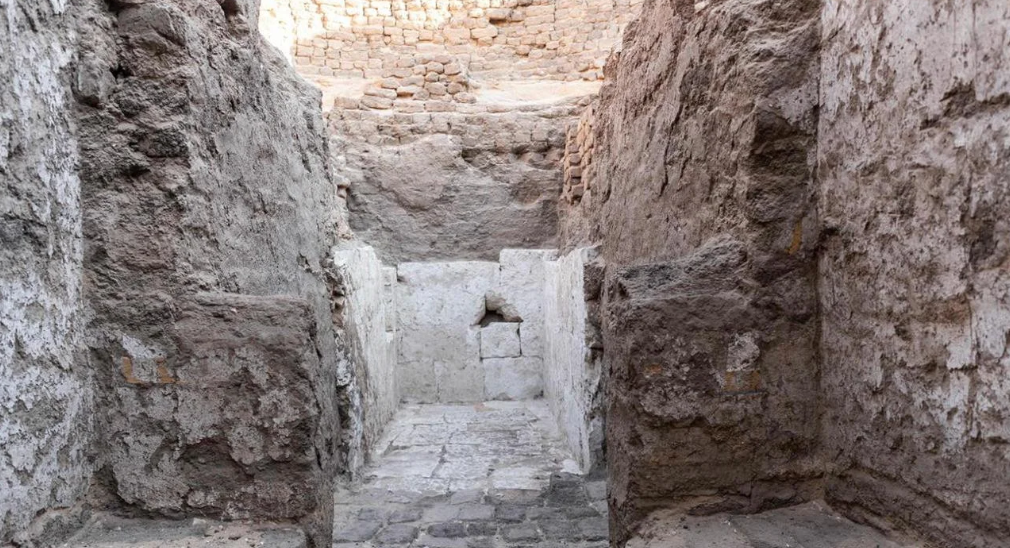

Ancient grave robbers plundered the tomb long ago. They left no treasures, mummy, or sarcophagus intact. Hieroglyphic texts once graced yellow bands at the entrance, alongside paintings of goddesses Isis and Nephthys. Time and theft eroded these carvings beyond recognition. “Not enough remains to decipher the king’s name,” Wegner explained to Live Science. The absence of canopic jars, which stored organs, further hinders identification efforts. Robbers likely targeted the site soon after its completion, a common fate for royal tombs.
Image Credit: Egyptian Ministry of Tourism and Antiquities
Experts propose Senaiib or Paentjeni as potential occupants. Monuments at Abydos reference these kings, yet their resting places elude discovery. Wegner ties the tomb to Pharaoh Neferhotep I’s broader complex from the Middle Kingdom’s 13th Dynasty. Its design also echoes later royal tombs. This positions it as possibly the largest and earliest of the Abydos Dynasty burials. “More tombs could await nearby,” Wegner suggests. Future excavations might reveal additional clues about this mysterious lineage and its rulers.
Chaos and Power in Ancient Egypt
The tomb of the unknown pharaoh traces back to the Second Intermediate Period. This era witnessed Egypt’s division into competing kingdoms. The Hyksos dominated the Nile Delta; the Abydos Dynasty governed segments of Upper Egypt. Wegner labels it a “warring states” phase. It linked the Middle Kingdom to the New Kingdom, driving shifts in society, politics, and technology. Though the Abydos Dynasty ruled only around Abydos, its leaders claimed the “king” title. This implies ambitions beyond their immediate territory.
Kathryn Howley, an archaeologist at New York University, lauds the find’s importance. “We lack extensive records from this time,” she told The New York Times. “A discovery like this thrills us for that reason.” The tomb’s vast scale surprises experts for a dynasty missing from ancient king lists. It sparks new inquiries into these rulers’ authority and aspirations. The Second Intermediate Period remains a murky chapter, making such finds vital for piecing together Egypt’s past.
The Search Continues

Excavations at Anubis Mountain cover over 100,000 square feet. They will press on through 2025. The team employs advanced tools like magnetometry, photogrammetry, and remote sensing. Wegner seeks to safeguard the site while scouring for more tombs. “We dream of finding an intact one,” he shares. Such a find could unveil deeper insights into the Abydos Dynasty. The tomb of the unknown pharaoh already serves as a cornerstone in this quest. Its discovery fuels anticipation for what lies beneath the sands.
Reflections on Abydos and Its Legacy
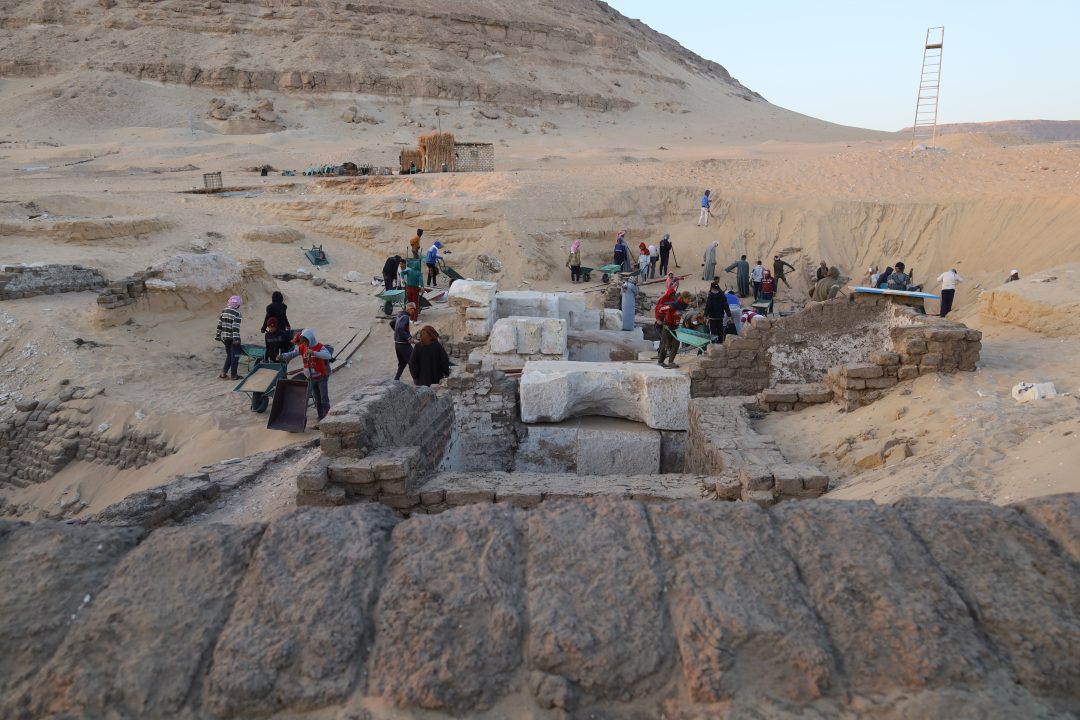
Abydos stands as a testament to Egypt’s layered past. Its role as a spiritual and royal hub spans millennia. The tomb’s location at Anubis Mountain ties it to this sacred tradition. The Abydos Dynasty, though brief, left an indelible mark through such monumental works. This discovery underscores the region’s archaeological wealth. It invites scholars and enthusiasts alike to ponder the lives of those who ruled there. The unknown pharaoh’s resting place, stripped yet imposing, bridges us to an era of strife and splendor.
Fall 2025 Excavation Updates
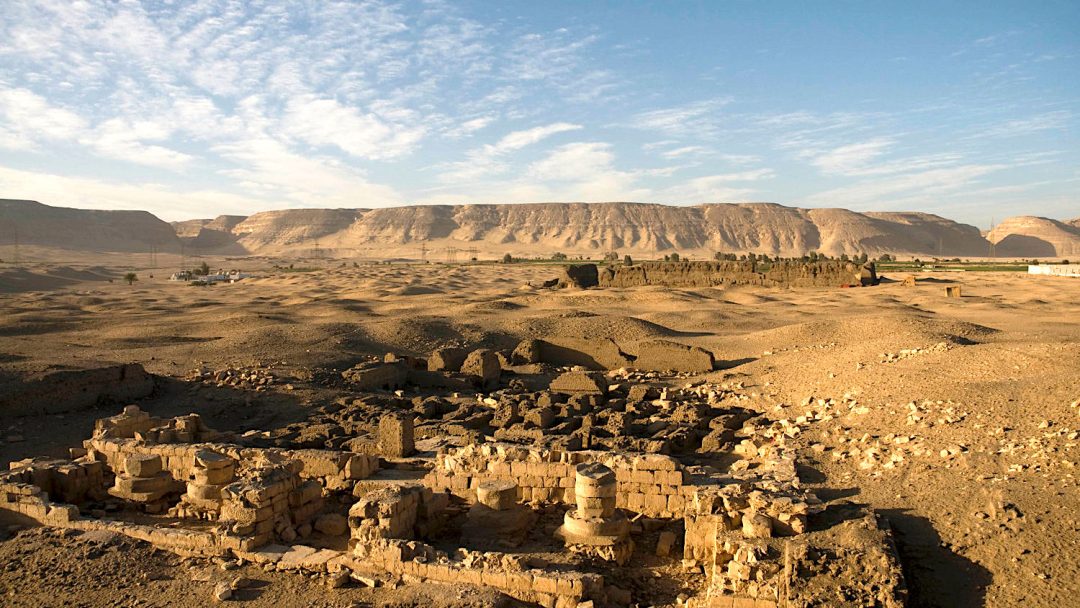
Since the initial announcement in early 2025, the excavation at Anubis Mountain has evolved into one of the most ambitious undertakings in recent Egyptian archaeology. The site now spans over 10,000 square meters, revealing a dynastic necropolis that may contain up to sixteen royal tombs. Magnetometry and remote sensing have identified subsurface anomalies suggesting additional chambers, ceremonial pathways, and possibly a temple platform; evidence that Abydos was not merely a burial site, but a regional power center during the Second Intermediate Period.
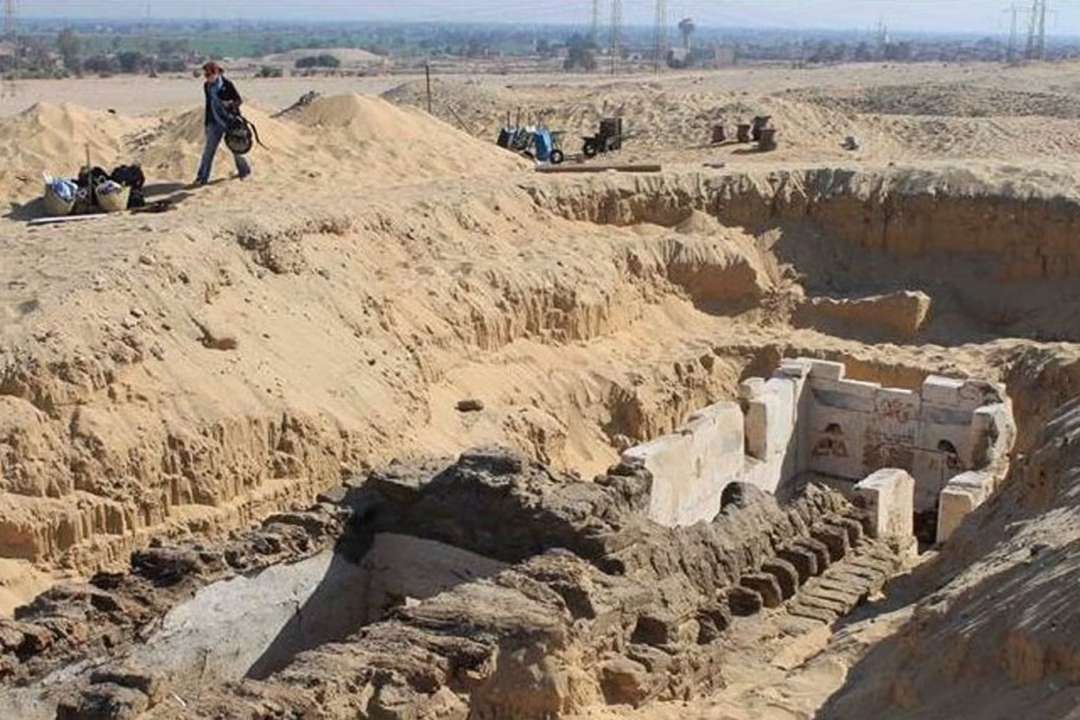
A newly uncovered tomb, larger and more architecturally sophisticated than that of Senebkay, is now believed to belong to a predecessor or founder of the Abydos Dynasty. Though no human remains were recovered, soil analysis revealed traces of embalming compounds—myrrh and natron. Paint residue from the chamber’s murals indicates the use of imported pigments from the Eastern Desert, hinting at trade networks that persisted despite Egypt’s political fragmentation.
Fragmentary cartouches and limestone inscriptions recovered from spoil heaps suggest the tomb may belong to a ruler named Senaiib or Paentjeni, both previously known only from scattered monuments. One inscription refers to a figure titled “He Who Commands the West,” possibly a dynastic founder whose reign predated Senebkay. These clues are reshaping scholarly understanding of the Abydos Dynasty’s origins, hierarchy, and territorial reach.
Future plans
The Penn Museum has announced a forthcoming excavation report, expected in November 2025, which will include stratigraphic diagrams, artifact catalogues, and photogrammetric reconstructions of the tomb’s architecture. A virtual exhibit is also in development, offering interactive walkthroughs of the necropolis and contextual maps that situate Abydos within Egypt’s broader dynastic landscape.
For more tomb discoveries read Lost Pharaoh Thutmose II’s Tomb Unearthed in Luxor

